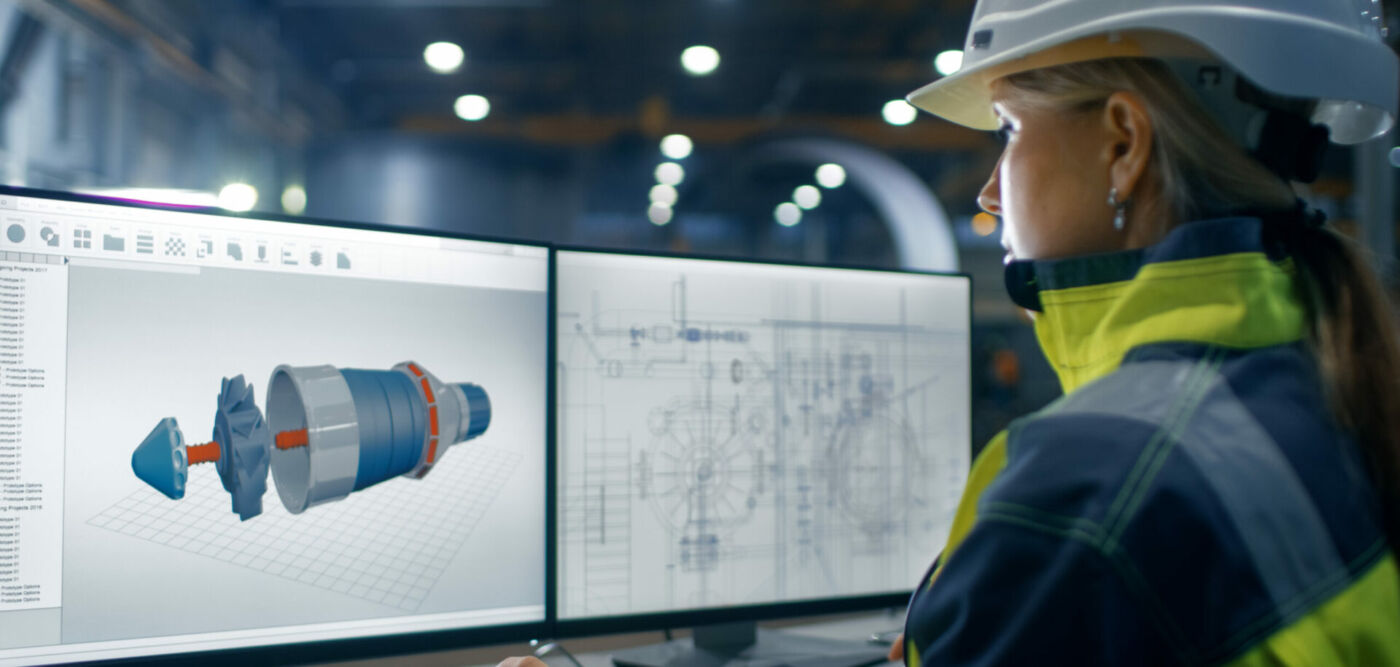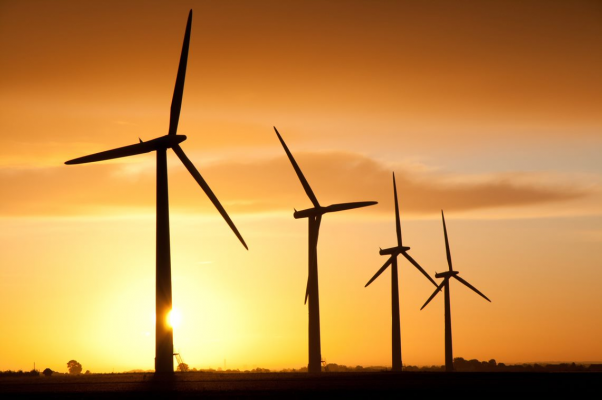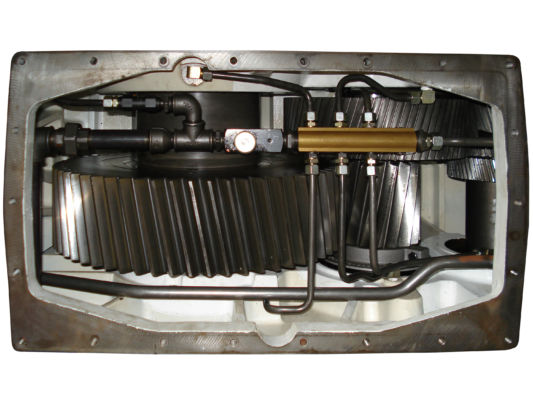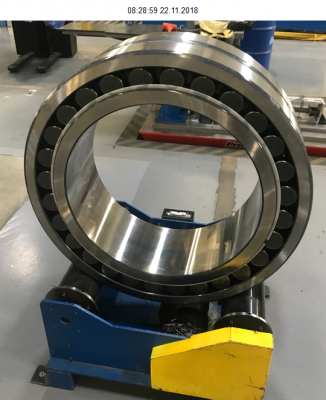Geographical locations play a significant role in wind energy production. Out at sea, winds are stronger – offering the potential to generate more electricity. Certain regions of the world, such as remote areas in South East Asia, frequently experience low wind speeds. Both environments have the potential for widespread wind energy production, even if wind turbines are subjected to harsher conditions. In locations where there are high speeds or low speeds, technology is key to converting these forces into electricity.
What role do wind turbine designs play?
Wind turbine manufacturers are continuously designing larger offshore wind turbines to harness the more powerful winds out at sea. Conditions in these locations are typically more challenging than standard installations. Ideally, a wind turbine gearbox should last for the asset’s lifespan of around 25-30 years for new projects, but some offshore models are replaced as early as six and a half years into operation. In low-wind areas, gearboxes experience high torque, because larger blades are needed to capture the wind. As wind turbines become larger, components face a greater strain.
Gearboxes must support the loads presented by different environmental conditions, and manufacturers are scaling gearboxes up to meet the demands of larger machines.
The development of turbine is heavily dependent on the development of the gearbox.
Larger turbines located in more remote locations and facing harsh conditions require extremely high reliability because any unexpected repair represents a huge cost. Especially the gearbox bearings are continuously facing dynamic loading conditions and vibrations. The operating conditions range from very low speed and high load, resulting in risk for surface-initiated failures, to high speed and low load, resulting in slip-related damages. Moreover, deterioration of the lubricant – either through time or dilution – can worsen the operating conditions of the bearing.
Since 2008, SKF has introduced black-oxide coating to make wind turbine gearbox bearings more robust. Black-oxidation will reduce the likelihood of micro-pitting, adhesive wear, and corrosion, and act as a barrier against hydrogen entering the steel surface. Years-long field experience shows that black-oxidation has increased the reliability of the drivetrain significantly.
Nowadays, the wind industry is facing a new trend: increased torque density. This requires new bearing solutions that are smaller and able to cope with higher loads while ensuring the same or even better reliability in design and in the field. To improve field performance, at the WindEurope event in Bilbao, SKF will present a new bearing solution for increased fatigue resistance and higher robustness against typical failure modes like micro-pitting and premature failures with WECs.
Condition monitoring – more important than ever
Even if a gearbox is optimally designed to handle the operational conditions it faces, condition monitoring is vital for assessing mechanical damage and mitigating risk. The advancement of this technology goes hand in hand with gearbox design development. By understanding when and where damage occurs, operators can take remedial action to reduce premature component failure and the consequent downtime.
The benefits of taking a system approach
Additionally, operators should not consider gearboxes as a standalone feature. Instead, they may benefit from taking what is known as a ‘system approach.’ This is the practice of considering the system as a whole and choosing components that work well with one another. Wind energy companies can now benefit from both innovative designs to withstand harsh conditions and technologies that support failure diagnostics. As a result, wind energy production will become more efficient and widespread – helping to establish it as the foremost source of renewable energy.
Stay tuned for part two of our high-performance gearbox bearings series.



